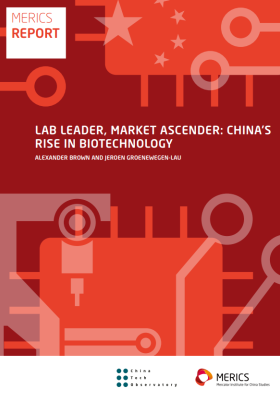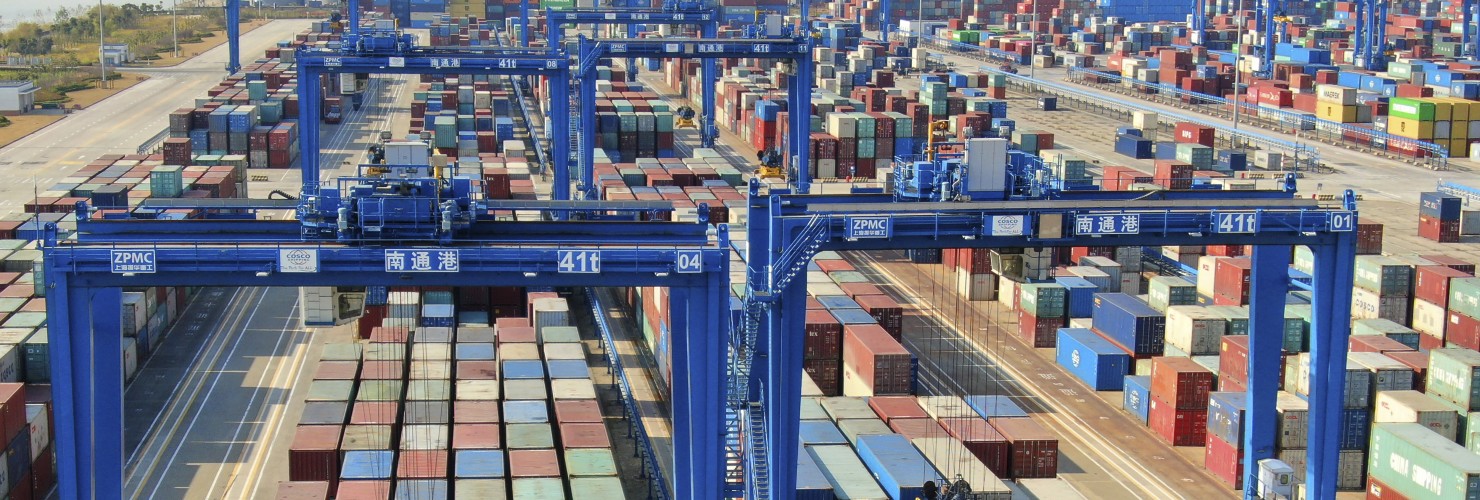

China in the WTO – 20 happy years and (at least) one unfulfilled promise
Beijing has lived up to many of its accession commitments, but forced technology transfer lives on, says Jacob Gunter. Tackling market-access restrictions is the only way to remedy this.
China will celebrate 20 years of World Trade Organization (WTO) membership on December 11. It has lived up to many accession commitments, but has failed to fulfill some critical promises. Among the most glaring is the failure to end compelled technology transfer from foreign to domestic companies. The practice has cost foreign players billions and seen Chinese rivals leapfrog ahead in some industries – and nothing will change until the problem is seen as part of China’s market-access regime, not as an administrative or legal one.
Two attempts to resolve the issue using the latter means did little in the last two years. China’s Foreign Investment Law came into force at the start of 2020 with provisions that, at least on paper, sought to end forced technology transfer. Article 22 forbids, “administrative bodies from using administrative means to force technology transfer.”
Companies still feel compelled to transfer technology to Chinese entities
But the European Union Chamber of Commerce in China reported in 2021 that 16 percent of its members still felt compelled to transfer technology to Chinese entities – the exact same share as the year prior.
The EU-China Comprehensive Agreement on Investment (CAI) also sought to create a legal mechanism for China to fulfill its WTO commitment. Section 2, Article 3, Clause 3 said: “Neither Party shall directly or indirectly require, force, pressure or otherwise interfere with the transfer or licensing of technology between natural persons and enterprises of a Party and those of the other Party.” Although the CAI is currently on ice, it is unlikely this clause would have fared any better than China’s WTO pledge or its Foreign Investment Law.
Similarly, just as forced tech transfer is often misunderstood as stemming from explicit legal demands, so too is it conflated with infringement of intellectual property rights (IPR) – trademarks, copyrights, patents, industrial designs - outright technology theft. These problems certainly persist, but a company having their technology stolen by allegedly state-sponsored hackers or copied by competitors down the street is distinct from being forced to hand it over to a local partner to be allowed to invest in the market in the first place.
That is usually what really drives forced technology transfer: it is a formal or informal condition for market access through a joint venture (JV). Across a range of industries, foreign companies that want to provide their goods and services in China will find that they have no alternative but to share their technology and know-how with a mandated local partner.
Negative list system for foreign companies’ China activities remains in place
The Chinese government’s so-called negative list system names the sectors in which investors are either barred or limited to minority shareholdings, or in which they must obtain licenses that are often hard to get. For example, a variety of telecoms and value-added telecoms services require foreign investors to enter a JV and/or obtain licenses that are seldom forthcoming to non-domestic players, forcing them into local partnerships. These legal provisions for equity caps and approval requirements affect a large number of sectors.
On top of that, often arbitrary political approvals are required for largescale investments. Any foreign investment over one billion USD must secure approval from the National Development and Reform Commission (NDRC). Even in areas that are, on paper, completely open to wholly foreign owned investment, multinationals attempting to start a sizeable project must get a final official stamp. Beijing has traditionally used this to pressure foreign companies into JVs with local companies, often state-owned enterprises (SOE).
Things have improved in recent years in select industries as foreign companies learned to deal with the system – and Beijing itself shifted position. In the automotive sector, foreign producers heavily “onshored” their supply chains and accepted the inevitable transfer of technology to Chinese partners that double as competitors. But most kept production of the most critical and advanced technology offshore to prevent this.
Joint Venture requirements have been lifted – much remains to be done
Chinese companies may now be able to build 80 percent of a Citroën, Scania or BMW, but not the whole car. Now that JV requirements have been lifted for electric (2018) and commercial vehicles (2020) and are set to be lifted for passenger vehicles (2022), foreign automakers can take full ownership.
Other foreign companies simply held firm. Foreign chemical-makers were repeatedly forced into JVs through the NDRC approval mechanism. In consequence, they decided not to onshore their most advanced production, which held back China’s development in more complex downstream chemicals. Beijing eventually agreed to approve such plants that were entirely foreign owned, after which industry leaders like BASF and Exxon Mobil invested billions in plants that make the innovative products needed for China’s industrial upgrade.
As it enters its third decade in the WTO, these improvements fail to hide the fact that China has still only incompletely fulfilled its commitment to end forced technology transfer. If Beijing were willing to loosen its market-access restrictions, it could kill two birds with one stone by ending an investment regime criticized by foreign companies and governments, and undercutting the forced technology transfer that comes with it. But convincing China to live up to this WTO pledge may demand the EU and the US to use less carrot and more stick.
